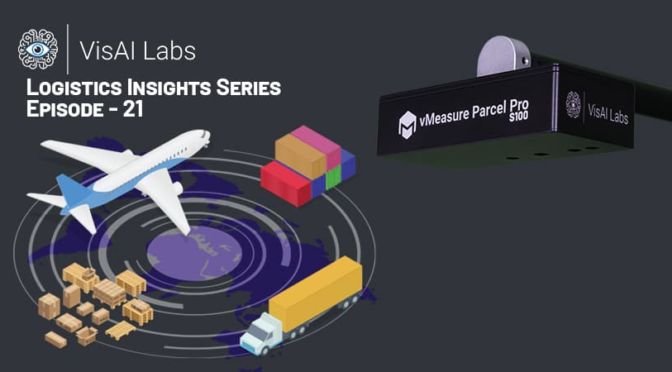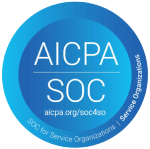What do you think you’ll take away from this episode?
Relevant links:
Podcast Transcript:
First: Develop Strategic Partnerships with Your Suppliers
Determine your best course of action and collaborate with suppliers to put it in place in a way that benefits both parties.
As part of this approach, create a routing guide to explicitly explain operational processes and engagement standards.
Supplier rogue expenditures can be reduced by using a routing guide.
Second: Development and deployment of Vendor Inbound Compliance Standard
A company’s capacity to operate a streamlined, effective supply chain is hampered by particular suppliers’ behavior.
As a result, you’ll want to create Vendor Inbound Compliance Standards (VICS), which all suppliers must agree to before they can operate with your organization.
Thirdly: Utilizing a Transportation Management System (TMS) to Calculate Freight Costs at Dynamic Rates
Due to a lack of knowledge of market pricing, businesses frequently accept the freight charges that their vendors charge.
On the other hand, your organization has access to fluctuating prices based on market circumstances if you use a transportation management system (TMS).
This guarantees that you receive the finest deal and that your expenses are kept to a minimum.
Lastly: Streamlining Inbound Freight Deliveries
Your firm saves money by combining LTL shipments into full truckloads. Of course, this method has drawbacks, particularly when working alone.
To gain the benefits of full truckload transportation, you need to focus on some of the logistics considerations such as fuel cost, driver and truck availability, shipment weight, start, and end destination.
This is Alphonse, Product Manager, VisAI Labs, And that’s the logistics insight for today.








